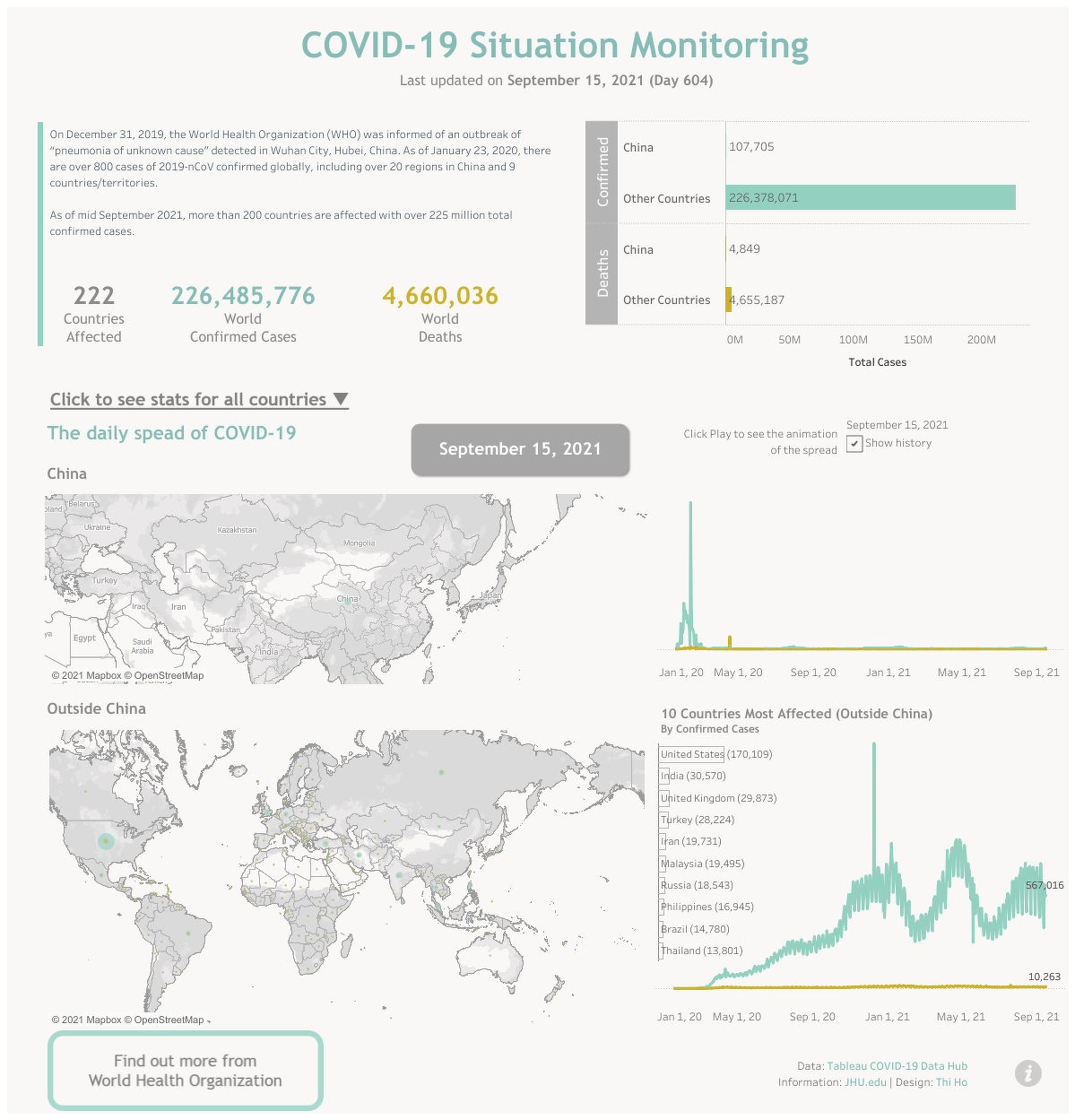Covid-19 has forced change on almost all people and businesses. In fact, our recent poll with YouGov revealed how 82% of data-driven companies believe they gained critical advantages as opposed to 39% of non-data driven APJ companies who said the same. People are empowered by the agency of data.
But in a world of data ubiquity, interestingly, the challenge in realising the true potential of data analytics is often related to people.
Perhaps the most meaningful way to make data intelligent and work for you, is to tell stories through data, associating a ‘human’ element to the data. And this involves shaping the thinking of employees themselves by putting a culture of curiosity front and centre.
When it comes to asking questions of their data, how comfortable are most people doing so in your organisation? I believe that this comes down to a number of important factors from formal and workplace learning, to the early development of foundational problem-solving skills. Creating widespread awareness that asking smart questions and probing results, plays a critical role in moving companies and communities forward.
See also: Philippine court convicts ex-mayor linked to scam centre edit title qa
This is important because there is no shortage of literature on the lack of data scientists and an overreliance on this pool is a recipe for weary workflows that will do little to benefit an organisation’s bottom line.
From lab coats to suits
Conventional wisdom often points to how the realm of analytics is reserved for a niche audience.
See also: How AI-powered coding is revolutionising software development
Data scientists are typically equipped with computer or data science degrees, with a proficiency in statistical programming languages and other highly technical skills. Data analysts most often come from a business background, using statistical skills to monitor organisational performance and identify opportunities.
While technical language will help surface the facts you are looking for, business language and domain expertise will help to sell it. After all, business is inherently complicated and unpredictable, so field experience and knowledge from people who understand the dynamics of their craft is critical.
Telling the data story
Fortunately, technology has gotten to a place where even those with less specialised analytics skills can use computing power to solve business and social problems.
Thi Ho, a Singapore-based senior analyst at one of the largest consumer healthcare MNCs in the world, is one such remarkable story. While she began her career with a background in digital marketing and project management, she was curious about the possibilities of data and its influence in decision-making. She chanced upon an analytics platform during her time in digital analytics that enabled the self-discovery of insights. Thi Ho was able to get started on a new journey and became a data analyst over the course of a few years — all without formal training
To stay ahead of the latest tech trends, click here for DigitalEdge Section

Thi Ho’s visualisation on Tableau Public on the spread of COVID-19 around the world.
Powerful visual analytics platforms have come a long way to help individuals surface insights from complex problems. Take an insurance organisation steeped in vast amounts of customer data of varying ages for example. Painting a story to spur a thought or influence a purchase boils down to how data can be triangulated to inform decisions.
Imagine the possibilities of visual storytelling — one that results in a single source of truth for customer data that streamlines touchpoints at every step of the customer journey?
With AI-powered jumping-off points for deeper data exploration, businesses can analyse customer portfolios and identify accounts with a high risk of attrition. With visuals to connect dots that would’ve otherwise gone unnoticed, marketers can provide timelier, more personalised messaging. Sales teams can deliver customised offerings. Analysts can provide better-informed risk measurement and scoring. Underwriters can save significant time and resources, and product managers can recognise trends and strategies that lead to stronger performance.
People are the fuel
The opening lines of John Lennon’s ‘Power to The People’ hit was an unequivocal call to action: “Say we want a revolution... we’d better get it on right away.”.
Indeed, there is much we can achieve with the human resource already residing within organisations – our people – to create a more data-centric and capable workforce. And that time is now.
Leslie Ong is the country manager for Southeast Asia at Tableau
Main photo: Unsplash




